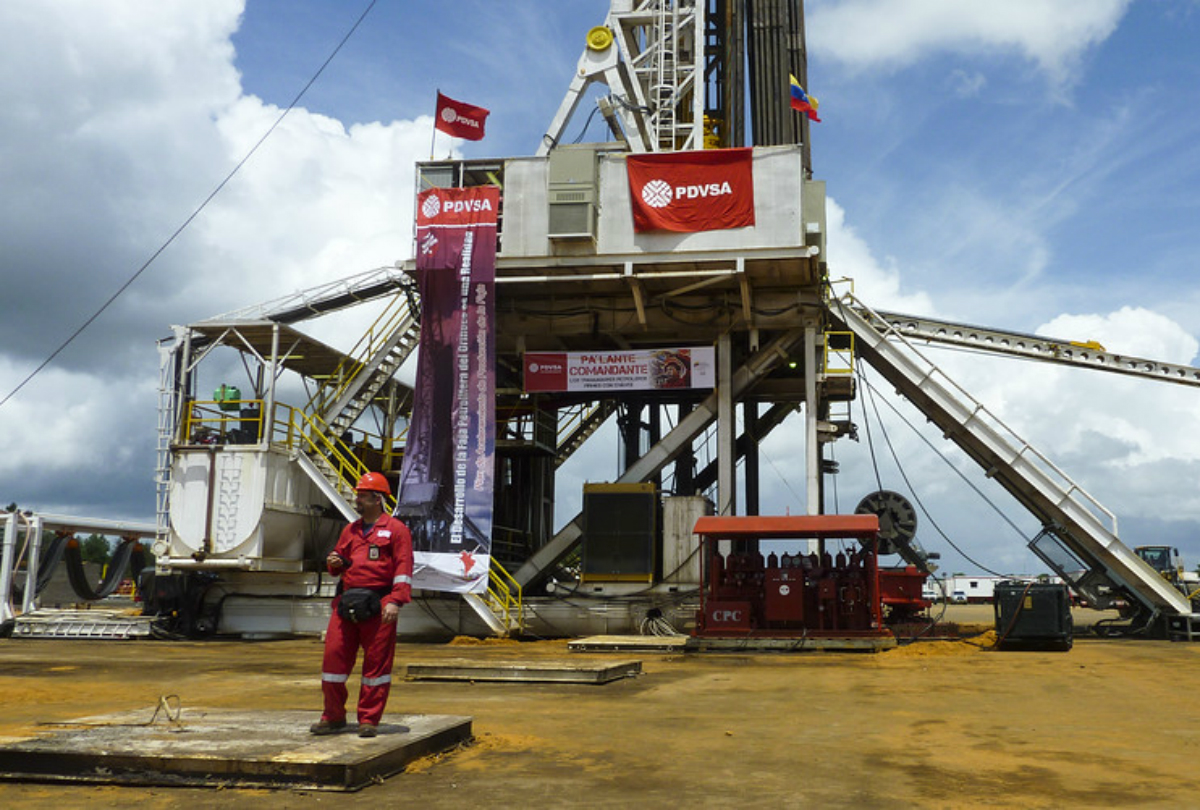Most organisations are now reliant on their ability to transmit data about their daily activities, and the mining industry is no exception. The demand for precious minerals, metals and resources continues to rise and with it, the pressure to optimise mining operations has never been greater.
To thrive in this highly competitive landscape, mining companies must embrace cutting-edge solutions that enable them to monitor, access and analyse critical data in real time.
Real-time data for resource optimisation
Mining companies operate in a volatile market where fluctuations in commodity prices and global demand can greatly impact profitability.
To adapt and succeed in such an environment, these companies must have consistent real-time access to their data, ensuring that the information needed to optimise technology and other resources is readily available when it matters most.
Monitoring data transmission is essential
The mining industry is an intricate and dynamic sector where efficiency, safety and environmental responsibility are paramount.
Given the diverse nature of mining operations, monitoring data transmission in real time is essential to ensure that critical information about mining operations is always available, even in the harshest and most remote environments.
The shortfalls of traditional monitoring
Traditional monitoring methods in mining often involve manually collected data, which can be time-consuming and prone to errors.
A unified monitoring solution customised for the mining sector streamlines this process, providing a comprehensive view of the operation’s performance. This will integrate seamlessly with various data sources, allowing mining companies to receive and process data from a wide range of sensors, machinery and devices.
With such an approach, mining operations can benefit from the following:
1. Continuous monitoring for continuity and real-time visibility
A unified monitoring solution ensures that data transmission is ongoing, 24/7, offering real-time insights into the health and performance of equipment, environmental conditions and workforce activities. This constant data stream enables mining companies to detect issues and anomalies promptly, reducing downtime and costly disruptions.
Some of the crucial things these systems can monitor include temperature, servers, applications, mail or web servers, switches, machine performance data, programmable logic controllers, system monitoring interfaces and heating, ventilation and air conditioning systems.
With customisable dashboards, mining companies can design visual representations of their data, making it easier to interpret and act upon. Real-time visibility enables decision-makers to react to changes instantly, whether it’s a dip in productivity, an increase in energy consumption, or a spike in safety incidents.
These monitoring dashboards should also include data analysis tools, allowing mining professionals to explore their data more deeply. This might involve predictive analytics, trend analysis, or historical data comparisons to identify patterns and make informed decisions.
2. Reduced maintenance costs
Mining companies can implement predictive maintenance strategies by monitoring equipment and machinery in real time.
These strategies help to identify potential equipment failures before they occur, thereby reducing unplanned downtime and minimising maintenance costs. Proactive maintenance also increases the safety of mining operations by preventing accidents associated with faulty equipment.
3. Dynamic data-driven decision-making
Data-driven decision-making has become a cornerstone of success in the modern mining industry.
A unified monitoring solution in mining operations should offer customisable dashboards, enabling data analysis in a way that suits each company’s specific needs and goals. This allows mining companies to focus on key performance indicators most relevant to their operations.
Whether measuring equipment utilisation or safety metrics, mining companies can track and analyse the data that directly impacts them.
The takeaway
It has been proven that real-time monitoring of data transmission in mining operations offers a range of significant benefits that can revolutionise the industry. This will ensure continuous data transmission, reducing downtime and maintenance costs while enhancing safety.
As the mining industry evolves and faces increasing challenges, those companies that embrace real-time monitoring will undoubtedly gain a competitive advantage. The road to a sustainable and prosperous mining future begins with the ability to harness, analyse and act on real-time data.
This editorial was developed in partnership with Paessler AG head of sales Asia-Pacific Felix Berndt.




